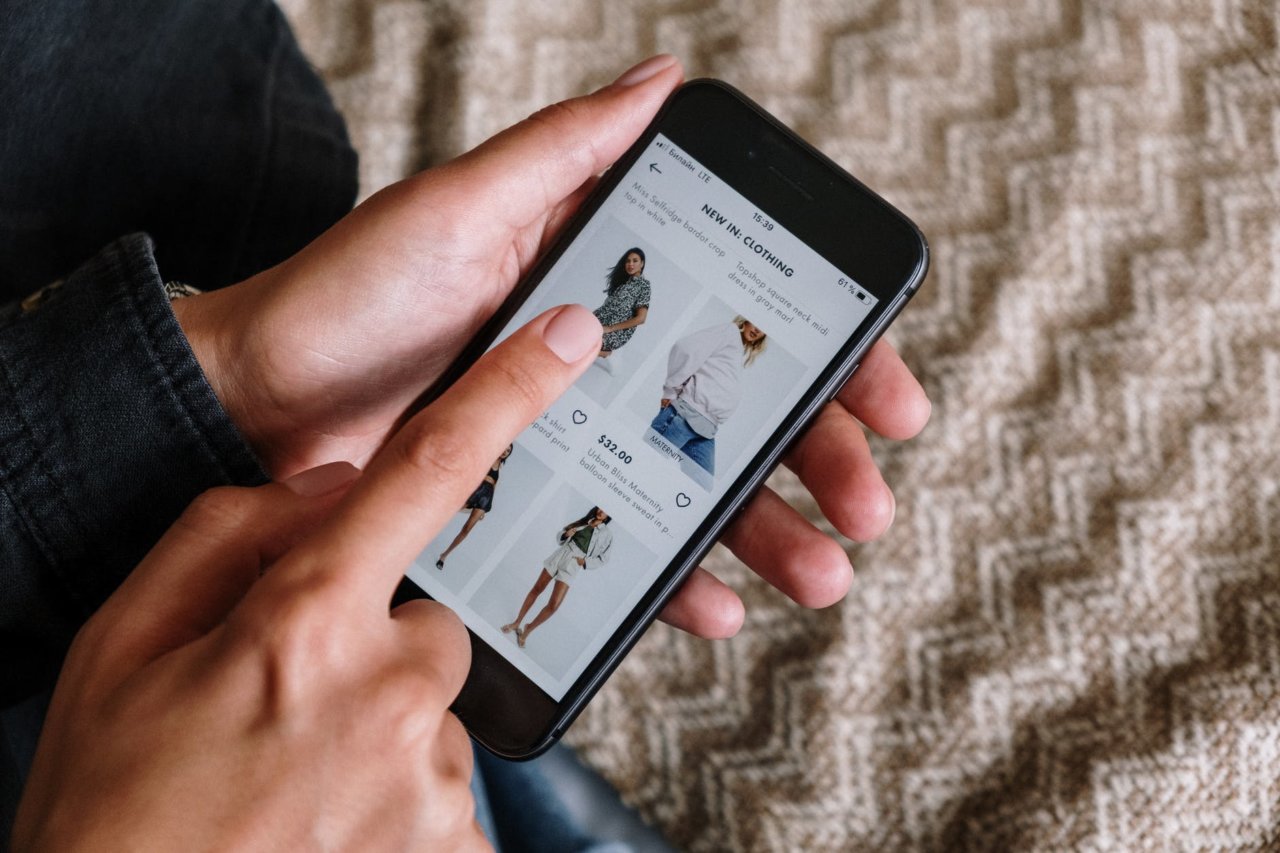Buy Now, Pay Later FinTechs Face Increasing Consumer Risks
Buy now, pay later FinTechs face merchant risks and consumer risks simultaneously
Thank you for joining me for the second article in a three-part series, where I share some of the material risks facing buy now, pay later FinTechs today. In my last blog post, I highlighted the risks inherent in doing business with merchant retailers in light of the pandemic and the associated financial crisis. This post will focus on the risks involving end-consumers that are leveraging buy now, pay later credit options to fuel consumption habits.
The COVID-19 situation continues to evolve
Unsurprisingly, retail trends suggest that since the start of the pandemic, consumers are relying on digital channels to purchase goods and services at an increasing rate. As of June 5, 159 million consumers received supplemental income in the form of federal stimulus checks. Additionally, consumers who experienced a loss of employment are receiving enhanced state unemployment insurance as well. With financial health being top-of-mind for two-thirds of U.S. consumers, options to consume without impacting credit scores, vis a vis high credit utilization, are increasingly popular with Gen Z and Millennial consumers.
Benefiting from the shift in consumer spending habits and from government transfer payments, buy now, pay later FinTechs are enjoying a surge in consumer adoption, especially as the pandemic rages on.
Complicating factors for consideration
Consumer Credit Risk
While the nation’s unemployment rate continues to show subtle improvements since it peaked at 14.7% in April, August’s unemployment rate of 8.4% is still more than twice as high as it was in February of this year. Additionally, in August the federal government revised its enhancement to state unemployment insurance benefits, reducing it from $600 in additional support to $300. Even though credit line amounts for some buy now, pay later products are $1,000 or less, some buy now, pay later FinTechs are observing worsening credit performance and increasing losses compared to the same period in 2019. As a result, lenders are starting to tighten underwriting standards in an effort to reduce additional losses.
Furthermore, lenders -- both FinTech and traditional -- currently lack visibility to current or past consumer performance on buy now, pay later debt obligations. Since most buy now, pay later FinTechs do not furnish data to the national credit bureaus today, traditional credit reports and risk scores may not reflect a consumer’s true financial picture, e.g., credit performance, debt-to-income and payment-to-income ratios.
Consumer Fraud Risk
Fraudsters are taking advantage of the high unemployment rate. They’re recruiting unemployed consumers to act as “mules” in exchange for quick cash. Often categorized as first-party fraud, “mules” allow fraudsters to leverage their personal identifying information, including bank account details, to open credit accounts and to move money. Working in tandem with a fraudster, a “mule” can establish a buy now, pay later account, make a purchase and provide the initial down payment required to complete the transaction. The merchant ships the goods to the consumer or “mule”, who then passes the goods to the fraudster.
Subsequently, the “mule” stops making payments, which increases the second-pay default rate for the buy now, pay later FinTech. Finally, the fraudster can resell the goods in the secondary market for a profit. Rinse, repeat. Other common fraudulent activity worth noting is “loan stacking”.
While loan stacking may not always be fraud, this behavior does change the overall risk as the consumer has taken on additional debt not available for lenders’ debt to income calculations. Loan stacking occurs when a consumer takes out multiple loans or lines of credit within a very short period of time, often 36-48 hours.
While some consumers have a legitimate need for more access to credit - they were approved for $500, but needed $1,000, so they take out an additional $500 to bridge the gap - fraudsters can leverage financing from multiple buy now, pay later FinTech's operating in the U.S. market in a few hours. As consumer adoption for these unique financing options increases, we expect to see an increase in loan stacking, default and fraud risk.
Recommendations for mitigating consumer risks
Since most pay later business models include bearing all credit and fraud risk as part of its value proposition to merchant retailers, pay later FinTechs must equip themselves with best-in-class risk mitigation strategies. This is especially true given the current market trends brought about by COVID-19.
With high unemployment and growing uncertainty regarding federally approved transfer payments, e.g. stimulus money and enhanced unemployment benefits, having the ability to verify a consumer’s capacity to repay debt is extremely important. Leveraging solutions that provide line-of-sight to a consumer’s:
- Current employment status
- Real (not estimated) gross income or net income
- Performance on utility and telecom obligations or on other forms of alternative credit
With consumer experience being an utmost priority to minimize shopping cart abandonment rates and to increase conversions, buy now pay later FinTechs can layer in passive fraud solutions to help streamline consumer identity verification, authentication and confirmation processes without increasing friction unnecessarily. Standard solutions that provide the following features should be strongly considered:
- Secure multi-factor authentication
- Document verification
- Synthetic ID alerts
- Consumer device attributes
Additionally, for those situations where step-up authentication is necessary, buy now, pay later FinTechs can deploy solutions that require the consumer to take an action, such as providing credentials to their bank account, utility or telco provider as well. All of this can be done in real time, allowing consumers to continue with their shopping experience.
Next Up
Appreciating that we’re all very busy these days, I sincerely thank you for taking the time to read this post. For part 3 of this series, Equifax will host a webinar where we’ll dive deep into best practices leveraged by FinTechs to address risks from both a merchant and a consumer perspective.
Recommended for you





